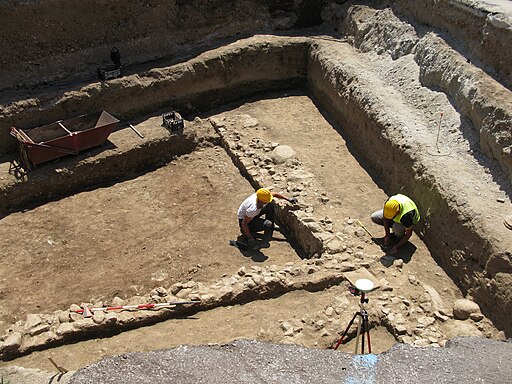Ten weeks have gone by and we are at the stage where the initial portfolio has been peer reviewed, and suggestions made for improvements.
Peer review is akin to inviting fellow archaeologists to critique your methods and results. They bring their own tools, experiences, and perspectives, helping to unearth insights that might have been missed. Similarly, the peer review of my portfolio has provided fresh perspectives, helping me to see my work through different lenses.
To further labour the archaeological metaphor, as an archaeologist sifts through layers of earth, unearthing artifacts and evidence, the process of peer review has allowed me to dig deeper into my own learning journey. Each piece of feedback adds perspective that adds richness to my understanding.
The feedback I received from the instructor and my delegated peer has been very valuable, both in terms of site design and contents. Among other changes, I have:
- tweaked the land acknowledgement to refer to specific Calls to Action in the TRC that I can help to answer through my role at VCC
- added more theoretical background to my reflections on each artifact
We are nearing the end of the fieldwork process – the next stage is to collate and prepare the findings for one more review…

